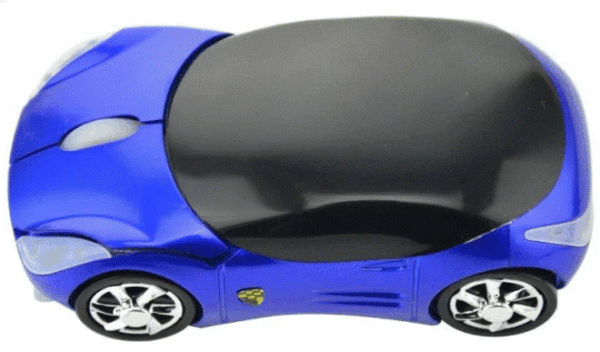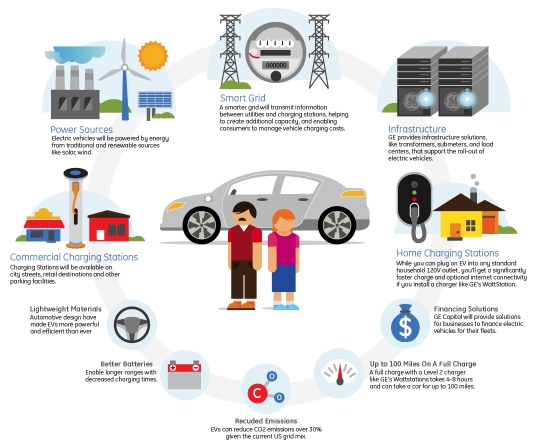Is there enough lithium on earth ?
Is there enough lithium on earth ? We often hear or read articles related to this topic, mainly using the number of cars, the size of the battery they are equipped with, an estimated lifetime for the cars (and/or batteries), and then comparing the outcome in kg of lithium with the known reserve around the…










